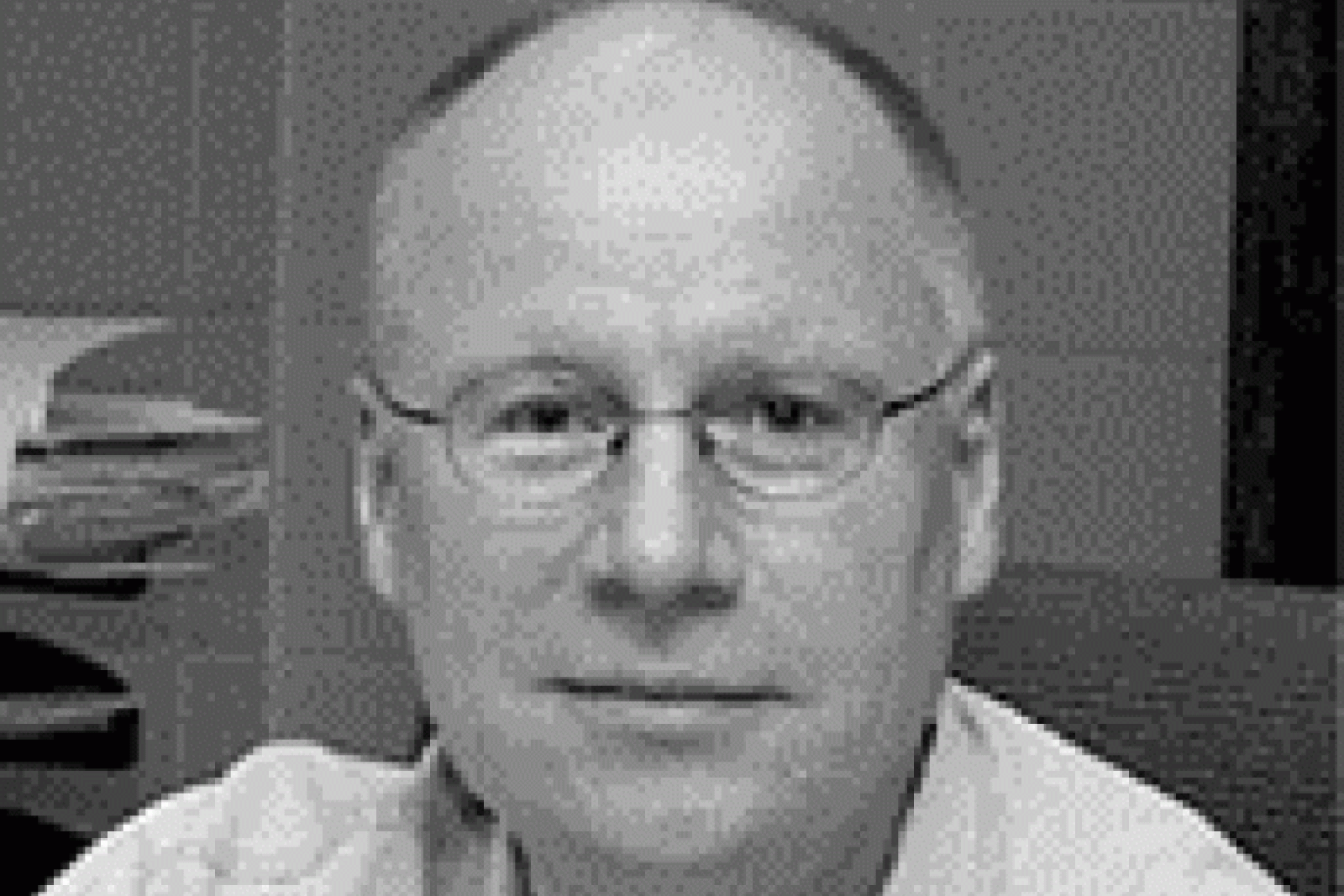Multidisciplinary collaboration discovers investigational cancer therapeutic can be used for heart disease

Werner Tjarks, PhD, former professor and researcher in the Division of Medicinal Chemistry and Pharmacognosy at The Ohio State University College of Pharmacy, developed a selective estrogen receptor beta agonist cancer therapeutic during his time at the college, which was later discovered by Shyam Bansal, PhD, cardiovascular researcher at the Ohio State College of Medicine, to have therapeutic benefits in heart failure models.
Dr. Tjarks’s main research focus was on making anti-cancer drugs through utilizing carboranes – a unique arrangement of boron and carbon atoms that form a cage-like structure that is rarely used in traditional medicinal chemistry approaches. OSU-ERb-12 (Compound 8) was one of the carboranes he made that garnered particular interest from other researchers.
Partnering with biologists at the National Laboratories in Prague, Dr. Tjarks found that the OSU-ERb-12 closely mimicked estrogens and could be used to selectively activate estrogen receptor beta, which has demonstrated potential as an approach to treat some cancers. Dr. Tjarks and his colleagues patented OSU-ERb-12 and applied for pilot research funding through Ohio State’s Drug Development Institute (DDI) to further study the pharmacology of this agent alongside other College of Pharmacy faculty and former postdoctoral scholars and graduate students.
Under the direction of Chad Bennett, PhD, senior director of chemistry in the Comprehensive Cancer Center’s (OSUCCC) Medicinal Chemistry Shared Resource, OSUCCC research specialist Tyler Wilson, PhD, and senior research specialist Sandip Vibhute, PhD, helped expand what was known about Dr. Tjarks’s initial discovery. The team of chemists collaborated with the laboratory of Christopher Coss, PhD, assistant professor of pharmaceutics and pharmacology at the College of Pharmacy, to explore the pharmacology of OSU-ERb-12 and fully characterize its potential as a therapeutic.
“Building this molecule as an agonist for estrogen receptors was a relatively new twist for cancer therapeutics and the work Dr. Tjarks was doing,” said James Fuchs, PhD, associate dean for research and graduate studies at the College of Pharmacy.
Members of DDI found Dr. Tjarks’s OSU-ERb-12 discovery to be interesting and were convinced to learn more about it, especially since the carborane-based estrogen had unexpected exceptional drug-like properties. In collaboration with the Center for Clinical and Translational Science (CCTS), DDI sent out a call for proposals across campus for researchers to submit their ideas for how to use a therapeutic like OSU-ERB-12 in other ways. About 20 grants, worth $50,000 each, were awarded to researchers to study the molecule’s utility in different diseases. Dr. Bansal, who specializes in the function of the immune system during cardiac failure, was one of 20 researchers awarded a grant.
“The DDI was an important bridge between Dr. Tjarks and Dr. Bansal,” Dr. Fuchs said. “This bridge helped facilitate more research and elevate drug discovery.”
Dr. Bansal expanded on the original research and found that as a selective estrogen receptor beta agonist, OSU-ERB-12 could modulate the immune response to a heart attack in a therapeutic way, ultimately restoring cardiac function in models of heart failure.
“Without Dr. Tjarks’s discovery, Dr. Bansal wouldn’t have been able to create this therapeutic for heart failure,” Dr. Coss said. “This collaboration serves as a testament to how multidisciplinary research can lead to amazing discoveries.”
Dr. Bansal’s research was recently highlighted in Time magazine. The excerpt reads, “'When there is a blockage, immune cells, including T cells, try to heal the heart. When they can’t, because that tissue is essentially dead, they enter a ‘frustrated’ state where they cause more inflammation, which only does more damage,’ [Dr. Bansal] explains. Bansal has created a drug that targets a protein within those errant T cells and stops them from proliferating. ‘When we do that, we see an improvement in cardiac function,’ he says. ‘We might be able to remove some patients from the heart-transplant list altogether, or maybe we can keep them going long enough so that a heart becomes available for them.’”
OSU-ERb-12 is now going through the development and commercialization process to be both a cancer and heart failure therapeutic.
“There’s a reason we don’t just give patients experiencing heart failure an injection of estrogen,” Dr. Coss said. “It has major side effects and poor drug-like properties, but if we can mimic the way that estrogen fits within certain receptors and build other features into the molecule that makes OSU-ERb-12 something that we can give orally every day, these are all things that make the molecule more compelling as a therapy.”